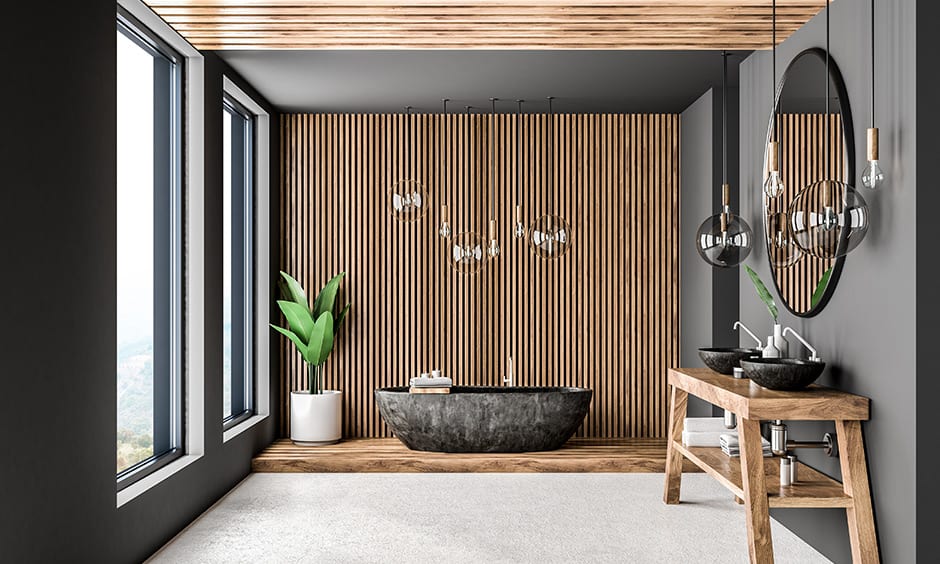
Smart Toilets for Sustainable Living: A Tech-Savvy Solution?
Share
As we navigate through an era characterized by rapid technological advancement, the focus on sustainability has emerged as a pressing priority for individuals and industries alike. For those passionate about technology and the environment, the intersection of these two realms presents an exciting opportunity. One innovation that stands out is the rise of smart toilets for sustainable living. These advanced fixtures exemplify modern technology while championing eco-friendly practices.
The concept of incorporating smart technology into bathroom fixtures may seem like a scene from a science fiction film, but its very much a present-day reality. By tackling challenges related to water conservation and sanitation, smart toilets are transforming our perspectives on cleanliness. But what truly defines a smart toilet, and how does it align with a sustainable lifestyle?

What Makes a Toilet Smart?
A smart toilet fundamentally enhances the user experience while promoting environmental efficiency through technological integration. Features like automatic flushing, heated seats, and bidet options represent just the beginning. More advanced models come equipped with sensors that track water usage, self-cleaning functions, and even air purification.
One remarkable aspect of smart toilets is their ability to significantly conserve water. While conventional toilets can use upwards of 7 gallons with each flush, smart technology can drastically reduce this amount. For example, the Scope Zero guide on water-saving toilets illustrates how these fixtures can slash water consumption by over 50%, vital for sustainable water management.
The Role of Smart Toilets in Sustainable Living
Conserving water is a cornerstone of sustainable living. As global demand for freshwater escalates, each gallon saved contributes to a broader ecological impact. Smart toilets are engineered to minimize water waste through features like dual-flush mechanisms and leak detection, ensuring that precisely the required amount of water is utilized.
In addition to water savings, smart toilets enhance hygiene and well-being. Functions such as touchless flushing and self-cleaning features help halt the spread of germs, making them suitable for both homes and businesses. This commitment to sanitation aligns with the overarching goals of sustainable living, which emphasize creating a safe and healthy environment.
The Tech Behind Smart Toilets
For technology aficionados, the innovations behind smart toilets are as compelling as their contributions to sustainability. High-end models often include AI systems that adapt to user preferences, modify settings dynamically, and send maintenance alerts. Their compatibility with smart home technology allows for an integrated living experience, positioning them within the expansive Internet of Things (IoT).
Furthermore, the integration of sensors and AI not only elevates user convenience but also optimizes resource consumption. For instance, motion sensors can identify when someone is nearby, priming the toilet for use and conserving energy and water when it's not occupied.
Challenges and Considerations
While the advantages of smart toilets are evident, it's essential to acknowledge the challenges that accompany them. The purchase price of these sophisticated units can be daunting for some. However, the potential long-term savings on water bills and the positive environmental ramifications often justify the initial outlay.
Additionally, as with any new tech, there is a learning process involved. Users must familiarize themselves with the new features and figure out how to maintain their smart toilets effectively. Thankfully, resources like the How Stuff Works guide on low-flow toilets can provide helpful insights into their operation and advantages.
Future of Smart Toilets
The outlook for smart toilets is promising, with ongoing technological advancements ushering in even more innovative features. As sustainability continues to gain emphasis, we can anticipate the incorporation of renewable energy sources, such as solar power, making these systems even greener.
Moreover, as smart home technology solidifies its position in the market, the popularity of smart toilets is likely to rise. This trend will not only encourage industry innovation but also contribute to a more sustainable future.
Conclusion
In summary, smart toilets for sustainable living represent an important stride in harmonizing technology with environmental stewardship. For tech-savvy individuals, these ingenious fixtures provide a fascinating glimpse into the future of eco-conscious living. By adopting smart toilets, we enhance our everyday experiences while playing an active role in conserving our planet's valuable resources.
For additional insights into water-saving methods, you can explore the Home Water Works guide, which offers outstanding resources.

FAQ Section
How do smart toilets save water?
Smart toilets utilize features like dual-flush mechanisms and leak detection to ensure minimal water usage per flush.
Are smart toilets challenging to maintain?
Although they come with advanced functionalities, smart toilets are crafted for straightforward maintenance, frequently providing alerts and guidance for upkeep.
What is the price range for a smart toilet?
The cost varies based on functionalities; however, the long-term savings in water bills and the environmental advantages often offset the initial investment.
This article contains affiliate links. We may earn a commission at no extra cost to you.
